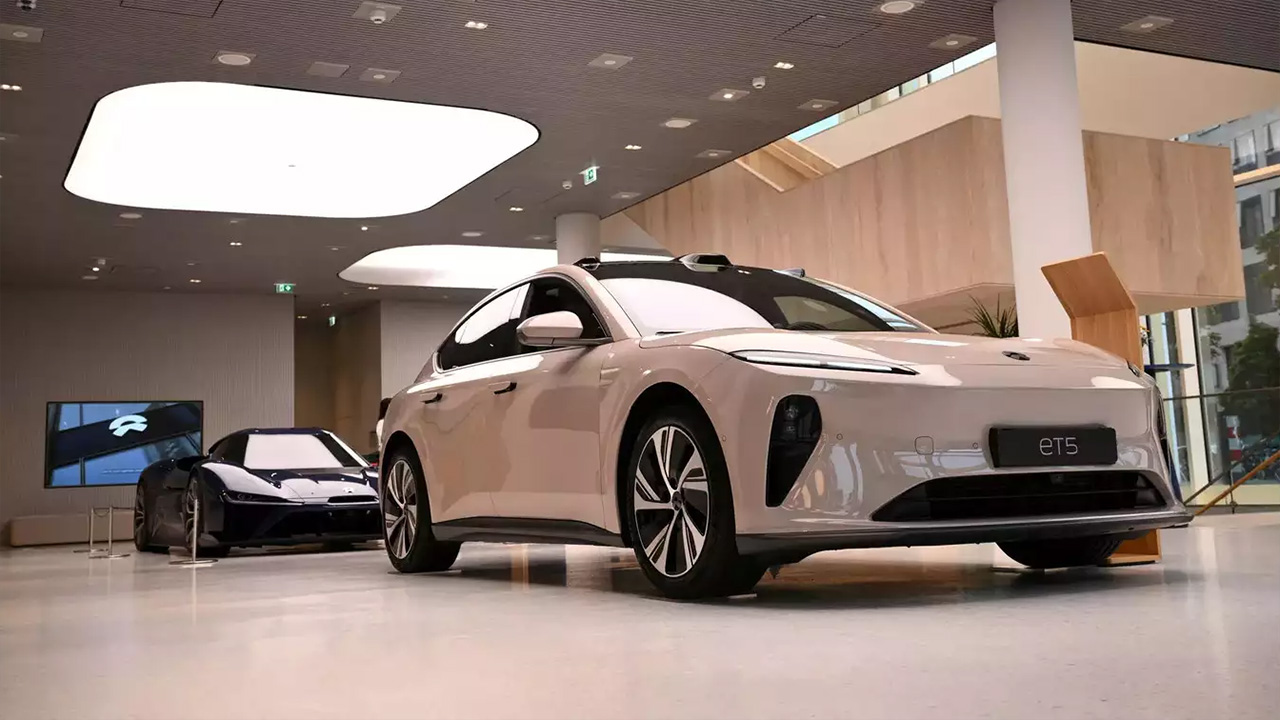The global EV market is growing steadily. So far this year, 9.8 million battery-powered cars have been sold worldwide, showing a 20% increase from last year. But not all regions are experiencing the same level of growth.
Europe has seen a 4% drop in EV sales. This decline is due to some countries, like Germany, ending their EV subsidies. The EU's trade restrictions on Chinese EVs have also played a role in this downturn.
The U.S. and Canada are doing better, with a steady 9% growth in EV sales. However, the outcome of November's presidential election could affect future sales in these countries.
China's overall car market has actually shrunk slightly. The China Passenger Car Association (CPCA) reports total car sales of 1.92 million, which is a 1.1% decrease. But New Energy Vehicles (NEVs),, which include all-electric and plug-in hybrid models, are bucking this trend.
NEV sales in China have jumped by 43.2%, now making up 53.5% of all passenger car sales. The Chinese government is helping to boost these sales with trade-in subsidies. Consumers can get up to 20,000 yuan ($2,800) for trading in their old car for a NEV, or 15,000 yuan ($2,100) for swapping to a smaller engine traditional car.
Charles Lester, Data Manager at Rho Motion, says this milestone is just the start for China:
"China surpassing one million EV sales in a month is just the beginning. We anticipate this milestone to be reached multiple times before the end of the year as sales typically surge in the latter half of the year."

